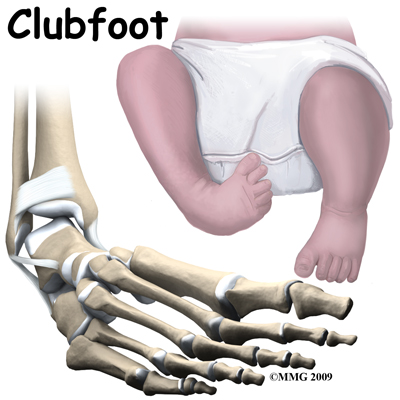
Guide to Clubfoot
Clubfoot is a congenital condition that affects newborn infants. The medical term for clubfoot is Congenital Talipes Equinovarus. This condition has been described in medical literature since the ancient Egyptians. Congenital means that the condition is present at birth and occurred during fetal development. The condition is not rare and the incidence varies widely among different races. In the Caucasian population, about one in a thousand infants are born with a clubfoot. In Japan, the numbers ...
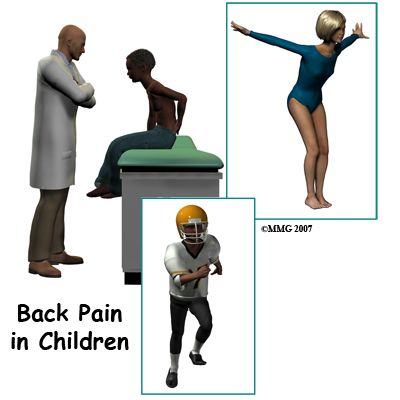
Back Pain in Children
Until more recently, a complaint of back pain in a child or adolescent was considered uncommon. It was usually associated with a certain condition such as curvature of the spine, a broken spinal bone, inflammation, a tumor, or infection.More recently, however, reports of back pain among children are much more common. It is not clear why but may be due to children carrying heavier backpacks or sitting longer due to increased computer use. By the age of fifteen, 20-70 percent of children will re...
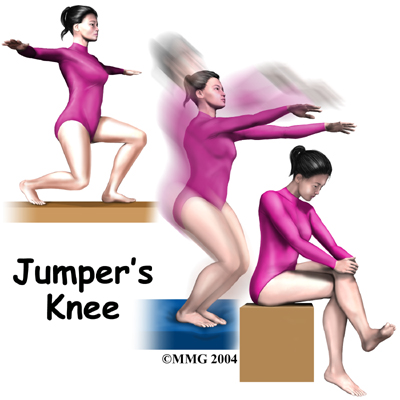
Jumpers Knee in Children and Adolescents
When a child or adolescent complains of pain and tenderness near the bottom of the kneecap, the problem might be from jumper's knee. Kids in sports that require a lot of kicking, jumping, or running are affected most. Repeating these actions over and over can lead to pain in the tendon that stretches over the front of the kneecap (the patellar tendon.)
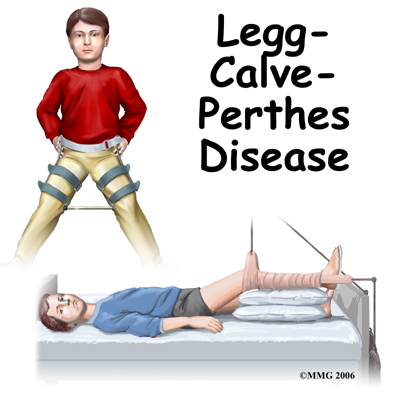
Perthes Disease
Perthes disease is a condition that affects the hip in children between the ages of four and eight. The condition is also referred to as Legg-Calve-Perthes disease in honor of the three physicians who each separately described the disease. In this condition, the blood supply to the growth center of the hip (the capital femoral epiphysis) is disturbed, causing the bone in this area to die. The blood supply eventually returns, and the bone heals. How the bone heals determines what problems the con...
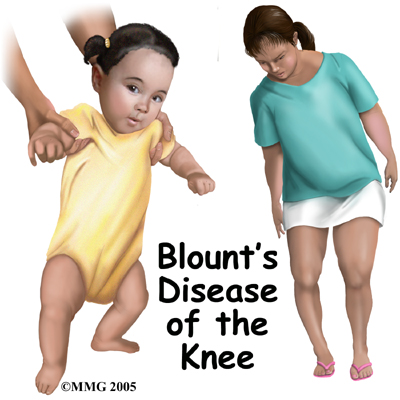
Blounts Disease in Children and Adolescents
Bowlegs, also known as tibia varum (singular) or tibia vara (plural) are common in toddlers and young children. The condition is called physiologic tibia varum when it's within a normal variation and the child will grow out of it. Most toddlers have bowlegs from their positioning in utero (in the uterus). This curvature remains until the muscles of the lower back and legs are strong enough to support them in the upright position.
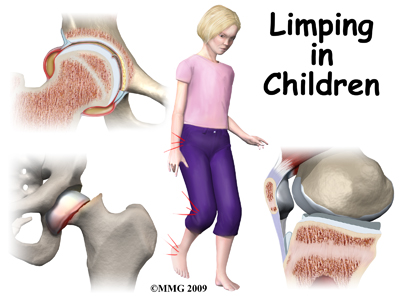
Limping in Children
Limping in a child is a concern. Limping in a child is never normal. It can be caused by many things, sometimes by something minor, like a blister or cut. The most common cause of a limp in young children is a fracture. Sometimes it is caused by a serious infection. Although rare, it can also be caused by a tumor.
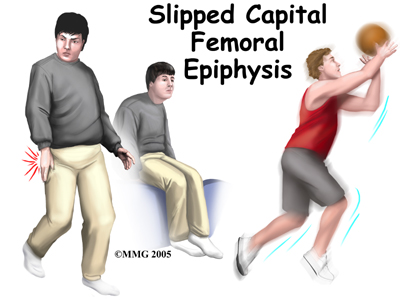
Slipped Capital Femoral Epiphysis
Slipped capital femoral epiphysis (SCFE) is a condition that affects the hip in teenagers between the ages of 12 and 16 most often. Cases have been reported as early as age nine years old. In this condition, the growth center of the hip (the capital femoral epiphysis) actually slips backwards on the top of the femur (the thighbone). If untreated, this can lead to serious problems in the hip joint later in life. Fortunately, the condition can be treated and the complications avoided or reduced if...

Nursemaid's Elbow
Nursemaid’s elbow is a common injury in young children. It occurs most often around age two and is rarely seen after age eight. Lifting the child up a step by the hand, giving the hand a sudden jerk, or pulling the child away from a dangerous situation can result in a subluxation or complete dislocation of one of the bones in the elbow. This condition is also known as pulled elbow or radial head dislocation.
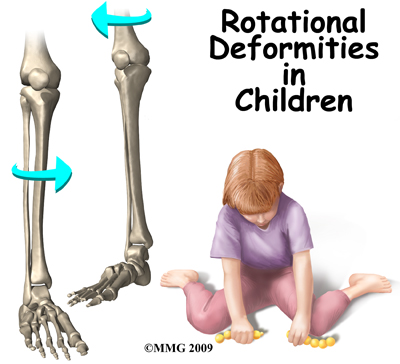
Guide for Rotational Deformities in Children
Rotational deformities of the legs and feet in children are often a cause of concern for parents. Most people think of the deformities as either toeing in or toeing out. The deformity actually comes from rotation of the femur and the tibia. Rotation of the legs at birth is normal. Most of the time, the deformities correct themselves by age seven or eight.
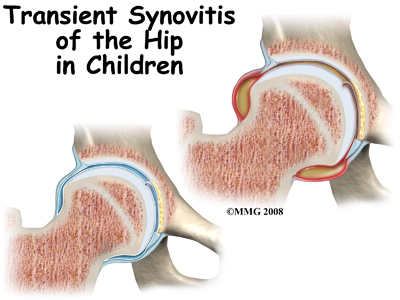
Guide for Transient Synovitis of the Hip in Children
Transient synovitis of the hip is an acute inflammatory condition of the inner lining of the hip. Transient means it is temporary and doesn't last long. Transient synovitis is also known as toxic synovitis or irritable hip.This condition affects young children (boys more than girls) most often. In fact, it's the most common cause of acute hip pain in young children between the ages of three and 10. However, there are reports of transient synovitis in children less than one year old and in adults...

